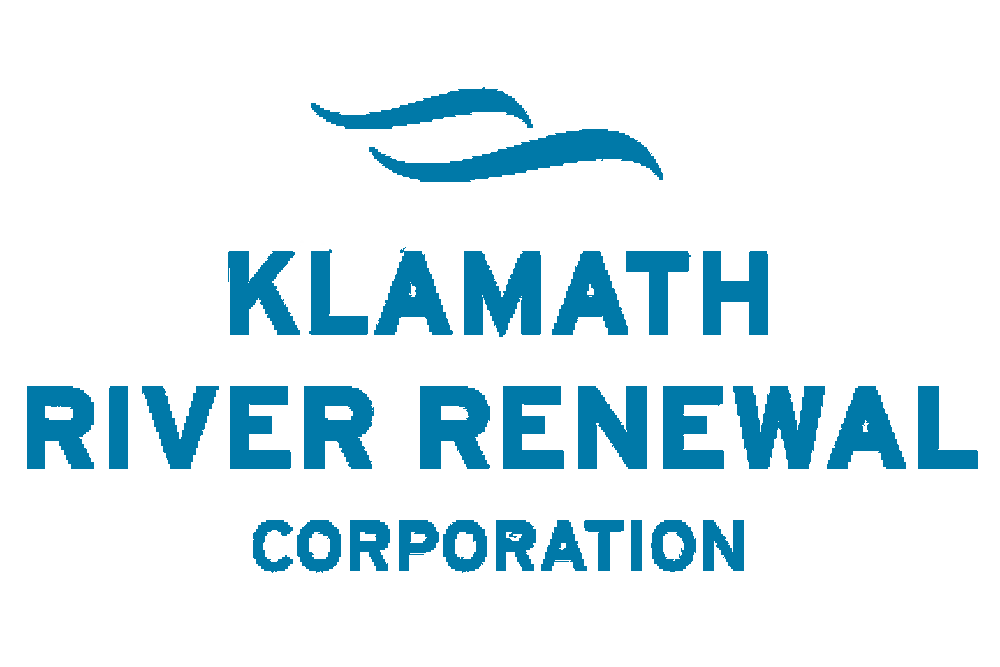States of California and Oregon, Dam Owner PacifiCorp, Karuk and Yurok Tribes and KRRC Update Terms for Klamath Dam Removal
Background
The Amended KHSA was signed by 23 parties in 2016 to set the terms for the removal of four hydroelectric dams on the Klamath River and related restoration activities. These parties included the Federal Government, the States of Oregon and California, Native American Tribes, local government, and various non-governmental entities. The KHSA called for ownership of the dams – and any liability associated with dam removal – to be transferred from PacifiCorp to KRRC prior to dam removal.
The Federal Energy Regulatory Commission (FERC) is charged with oversight of hydroelectric dams in the United States. Therefore, implementation of the KHSA required approval from FERC for the ownership transfer of the dams and separate FERC approval of the plan to decommission and remove the dams and related facilities.
In response to a KRRC and PacifiCorp filing, on July 16, 2020 FERC approved the partial transfer of the license to KRRC but required PacifiCorp to stay on as co-licensee. In its decision, FERC noted that “… it would not be in the public interest for the entire burden of these efforts to rest with the Renewal Corporation … Were the Renewal Corporation to be the sole licensee, it might ultimately be faced with matters that it is not equipped to handle.”
Importantly, FERC found in its Order that KRRC had the technical and legal capacity to perform dam removal and that KRRC funds were likely sufficient to complete the project. The Order concluded KRRC’s extensive due diligence that accounted for input from an independent Board of Consultants required by FERC adequately responded to the Commission’s information requests across many technical aspects of the project. However, the FERC Order required PacifiCorp to remain a co-licensee to serve as a financial backstop for any unexpected costs that might exceed the $450 million available for the project under the KHSA.
PacifiCorp viewed the terms set by FERC in its July 16, 2020 Order as inconsistent with the KHSA and immediately entered into discussions with other signatories to the KHSA. PacifiCorp had long viewed transfer of ownership prior to removal as important to protect its customers from any potential liability arising from dam removal and considered those protections a core benefit of the settlement agreement. In response, the states, tribes, and KRRC worked with PacifiCorp and PacifiCorp’s parent company Berkshire Hathaway Energy to create terms that would work for the utility while still allowing the river restoration project to move forward without unnecessary delay.
Agreement Terms
The November 2020 MOA among PacifiCorp, the States of Oregon and California, the Karuk and Yurok Tribes, and KRRC described how the parties would implement the Amended KHSA and address FERC’s concern for additional protection against potential cost overruns, while respecting PacifiCorp’s commitment to transferring ownership before dam removal started. The MOA called for Oregon and California to serve as co-licensees with KRRC, allowing PacifiCorp to transfer ownership and responsibility for dam removal to the “dam removal entity” as called for in the KHSA.
The MOA:
- Confirmed that KRRC will remain the dam removal entity for the project.
- Sought to remove PacifiCorp from the license and add the States of California and Oregon as co-licensees prior to the beginning of demolition.
- Sought to resume all planning and permitting processes immediately for dam removal.
- Nearly doubled contingency fund held by KRRC and contractors to further address FERC’s concern for additional protection against potential cost overruns.
- Called for the immediate filing of the “Amended License Surrender Application” with FERC. (The Surrender Application is KRRC’s detailed plan for removal of the dams and implementation of the related restoration activities.)
- Fully committed all parties to support removing the Klamath dams, thus returning the Klamath River to a free-flowing condition and allowing salmon and steelhead to regain access to more than 400 stream miles of historical habitat.
With the MOA in place, the parties submitted an Amended License Surrender Application to FERC. The KRRC project is the largest dam removal and river restoration project in US History.
FAQs
Did FERC need to approve the MOA for it to go into effect?
No. The MOA is an agreement between the States, tribes, dam owner, and KRRC as the dam removal entity. FERC’s approval was not required for the MOA to take effect.
What approvals are still required by FERC?
No further approvals are required from FERC.
What happens if the project costs exceed funds available, even with the larger contingency fund in place?
First, the July 16, 2020 FERC Order found that the funds for the project ($450M) were likely sufficient to complete the project. In the unlikely event project costs exceed those funds, several protections exist. KRRC negotiated a “guaranteed maximum price” with Kiewit, the design/build contractor who completed dam removal, and RES, the restoration contractor. KRRC also developed a robust insurance package that reduces the risk of such overruns significantly. And, under the MOA, PacifiCorp and the States of California and Oregon believe the addition of $45 million on top of existing contingency funds will offer sufficient additional protection against potential cost overruns. But the parties have also agreed to cover any costs beyond the expanded contingency fund in the unlikely event that further funds are required.
When did dam removal take place?
Dam removal commenced in 2023 and was completed in 2024, with the return of the river to a free-flowing condition. Restoration activities immediately started following dam removal and will continue for several years.
What work was done to plan for and understand the impacts of Klamath dam removal?
There was extensive work done to understand and plan for the impacts of this project. Learn more about The Project and specific information about project planning and potential project impacts on our Project Benefits page.
